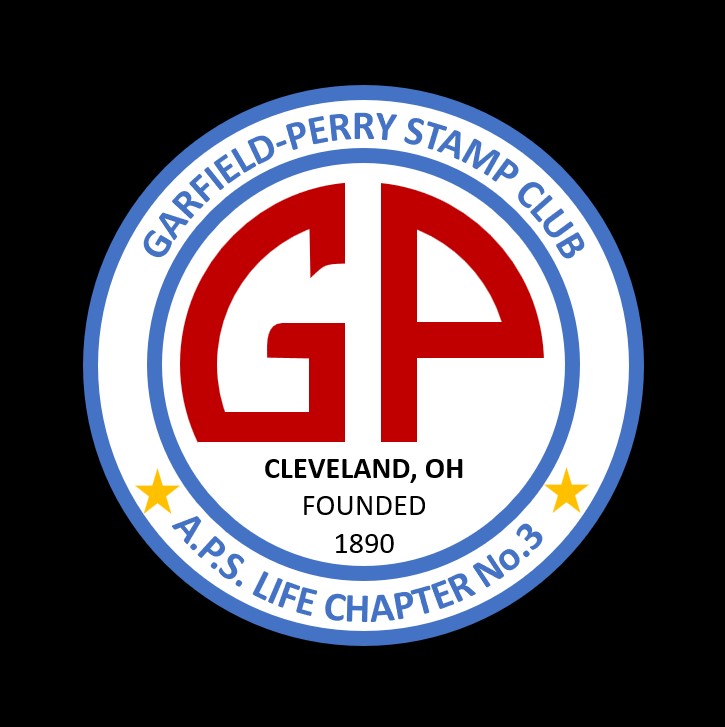By Dennis Sadowski
Labor Day marks the traditional end of summer as many of us welcome a day off from work or a chance to gather for a picnic, cookout or fun at the beach.
While celebrating, few people, unfortunately, realize that Labor Day’s real purpose since Congress established it as a federal holiday in 1894 is to applaud the role of workers in building the country and to recognize the achievements of organized labor including the eight-hour work day.
The first Labor Day observance occurred Sept. 4, 1882.
Peter J. McGuire, founder of the United Brotherhood of Carpenters and Joiners of America in New York City, is widely considered the “father” of Labor Day. He introduced a resolution to the New York Central Labor Union in 1882 calling for workers to lead a “festive parade through the streets of the city” on the first Monday of September. More than 30,000 people responded, proudly marching through Manhattan.
The extraordinary scene was repeated in 1883. Buoyed by the actions, labor organizations around the country were invited to organize similar local celebrations in 1884. Workers in few cities took part that year, but in 1885 turnout grew and the drive for an officially recognized Labor Drive gained momentum.
Oregon became the first state to recognize a day for labor in 1887; 22 others followed in the seven years before Congress voted unanimously on Labor Day legislation and President Grover Cleveland signed it into law.
Meanwhile, McGuire and 19th-century labor unions continued to rally for the eight-hour work day, undertaking strikes to build support. They were motivated by President Chester Arthur’s inaction to enforce an 1868 law that established the eight-hour day.
Workers called for a nationwide strike on May 1, 1886, leading to 350,000 workers to walk out at 11,000 establishments. Unfortunately, in Chicago a bomb exploded during an anarchist rally called in support of strikers, causing repercussion against the movement.
It was not until 1890 when another widespread strike was called, finally leading to an eight-hour day for 23,000 carpenters in 36 cities and a nine-hour day for another 32,000 workers in 234 locales.
Labor Day itself and several labor leaders have been honored on U.S. stamps.
A 3-cent stamp for Labor Day was issued Sept. 3, 1956, in Camden, New Jersey. It depicts a portion of a mural by Lumen M. Winter at the American Federation of Labor-Congress of Industrial Organizations headquarters in Washington, D.C. It shows a worker holding a pickax on one shoulder while standing with one arm around his wife and young son.
Labor leaders honored on stamps included Jane Addams, advocate for child labor laws; Samuel Gompers, founder of the American Federation of Labor; Frances Perkins, the first woman appointed to a presidential cabinet, serving as secretary of labor under President Franklin Roosevelt; George Meany, who shepherded the merger of the AFL and CIO; and Cesar Chavez, founder of the United Farm Workers of America.
Addams (1860-1935) was a social reformer in Chicago, focusing on the needs of poor and working-class families. She co-founded Hull House in 1889 to provide vital social services, child care and improved sanitation and worked to pass child labor laws in Illinois.
She appears on a 10-cent dark brown stamp in the Famous American series of 1940.
The British-born Gompers (1850-1924) was honored on a 3-cent stamp issued in 1950 for the centennial of his birth. Taking a job as a cigar maker at age 14 and joining the labor union at his shop after his family emigrated to the United States, Gompers came to embrace the rights of workers. After founding the AFL in 1886, he served as the organization’s president for 37 of the 38 years until his death in 1924.
Prior to her appointment by Roosevelt, Perkins (1880-1965) had gained a reputation for successfully working with labor groups. As the country tackled the turmoil of the Great Depression, she became a leading voice for the Social Security Act of 1938 and helped create standards for a minimum wage, worker safety and unemployment benefits.
Perkins earned honors on April 10, 1980, with a 15-cent stamp issued on her birth centennial.
Meany (1894-1980) worked as a union administrator for 57 years, helping create the AFL-CIO and serving as its first president from 1955 to 1979. A union plumber, he was a strong opponent of discrimination within and outside of unions and was successful in ensuring the Civil Rights Act covered workplaces.
A 29-cent stamp honoring the longtime labor leader was issued on the 100th anniversary of his birth, Aug. 16, 1994.
Chavez (1927-1993) is shown on a 37-cent stamp issued on April 23, 2003, the 10th anniversary of his death.
Born to Mexican immigrants, he gained widespread notice in leading the country’s first successful farm workers union. His untiring advocacy gained dignity, fair wages, medical coverage, pension benefits and humane living conditions for hundreds of thousands of farm workers.


